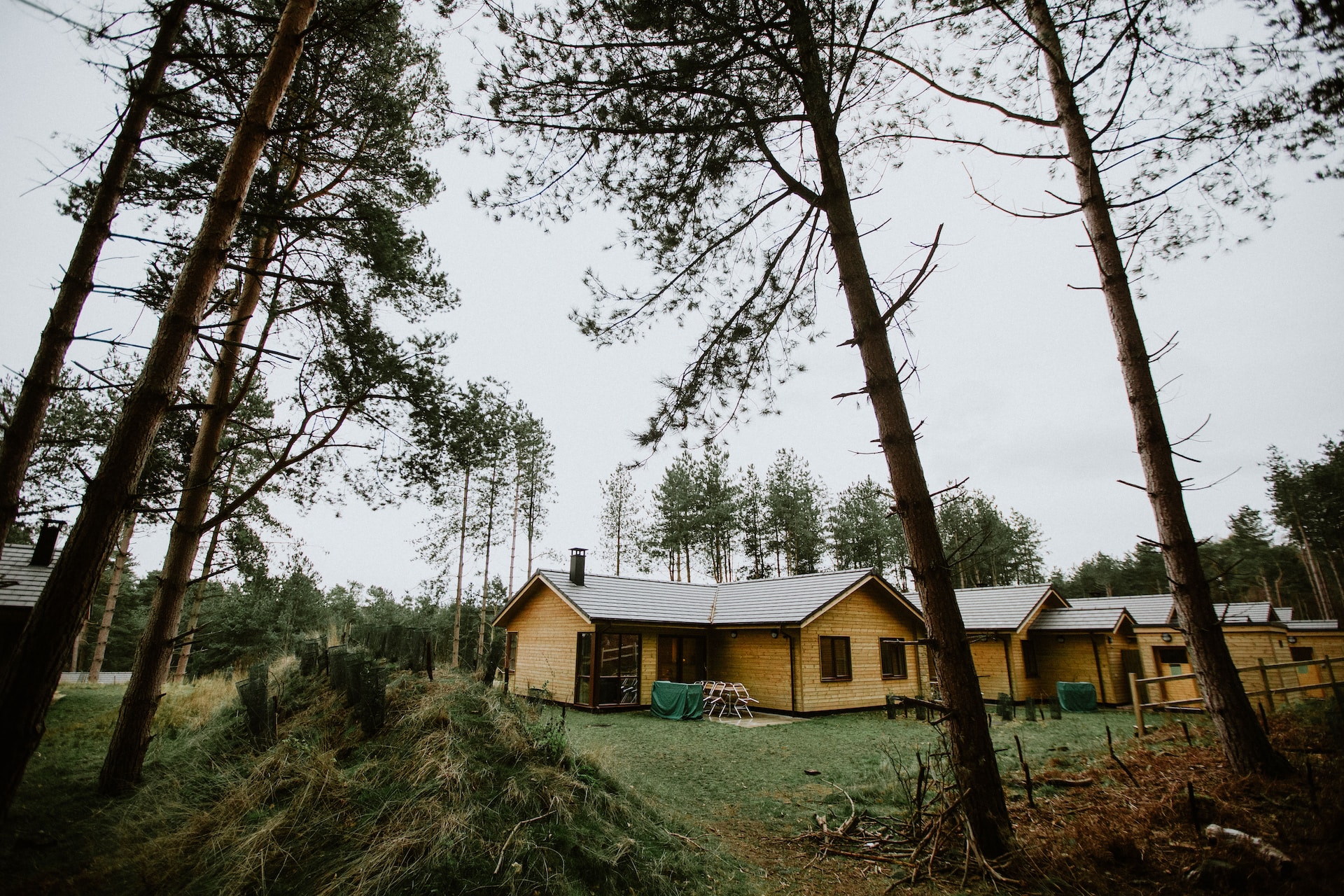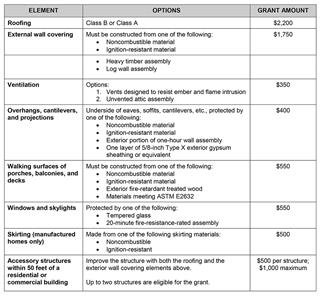
 The Oregon Building Codes Division is partnering with counties on a grant program to help owners of homes and businesses rebuild after the 2020 and 2021 Oregon wildfires.
The Oregon Building Codes Division is partnering with counties on a grant program to help owners of homes and businesses rebuild after the 2020 and 2021 Oregon wildfires.
People who own a home – including a manufactured home – or business that was damaged or destroyed by the 2020 or 2021 wildfires can receive money for using more fire-resistant methods and materials when they rebuild. Those who have already rebuilt also qualify.
The grant program was due to expire June 30, 2023. However, the Oregon Legislature extended the program and expanded it to include 2021 wildfire survivors. To date, the program has dispersed more than $3.3 million to help more than 800 wildfire survivors build back more fire-resistant homes and businesses.
Fire hardening is an important tool to help make homes more resistant to fire. Fire hardening includes actions that can be taken to make a home or business more resistant to damage from a wildfire, such as using materials for siding and roofing that resist ignition during a wildfire, installing fire-resistant windows to protect openings, or using attic ventilation devices that help reduce ember intrusion.
“These improvements are particularly effective at preventing ignition from embers, which can travel great distances from wildfires,” said Alana Cox, administrator of the Oregon Building Codes Division. “We are pleased to be able to extend and expand this program, which is helping people affected by the wildfires build back more fire-resistant communities.”
To learn more and apply, visit https://www.oregon.gov/bcd/Pages/firehardening.aspx.
To qualify for the program, a person must own a home or business that was damaged or destroyed in the 2020 or 2021 Oregon wildfires. See the table below for a menu of fire-hardening improvements, including more fire-resistant roofs, siding, and windows that qualify for grant money. Eligible applicants can receive grant money through their county building department after completing one or more qualifying improvements.
The following improvements will be incentivized by the program, and the listed incentive amounts will be disbursed to eligible applicants once they complete qualifying fire-hardening improvements.
ELEMENT OPTIONS GRANT AMOUNT
Roofing Class B or Class A $2,200
External wall covering Must be constructed from one of the following: $1,750
• Noncombustible material
• Ignition-resistant material
• Heavy timber assembly
• Log wall assembly
Ventilation Options: $350
1. Vents designed to resist ember and flame intrusion
2. Unvented attic assembly
Overhangs, cantilevers, Underside of eaves, soffits, cantilevers, etc., $400
and projections protected by one of the following:
• Noncombustible material
• Ignition-resistant material
• Exterior portion of one-hour wall assembly
• One layer of 5/8-inch Type X exterior gypsum
sheathing or equivalent
Walking surfaces of porches, Must be constructed from one of the following: $550
balconies, and decks
• Noncombustible material
• Ignition-resistant material
• Exterior fire-retardant treated wood
• Materials meeting ASTM E2632
Windows and skylights Protected by one of the following: $550
• Tempered glass
• 20-minute fire-resistance-rated assembly
Skirting (manufactured Made from one of the following skirting materials: $500
homes only)
• Noncombustible
• Ignition-resistant
Accessory structures Improve the structure with both the roofing and $500 per
within 50 feet of a residential the exterior wall covering elements above. structure;
or commercial building $1,000 Up to two structures are eligible for the grant maximum.
Do you have a story for The Advocate? Email editor@corvallisadvocate.com


